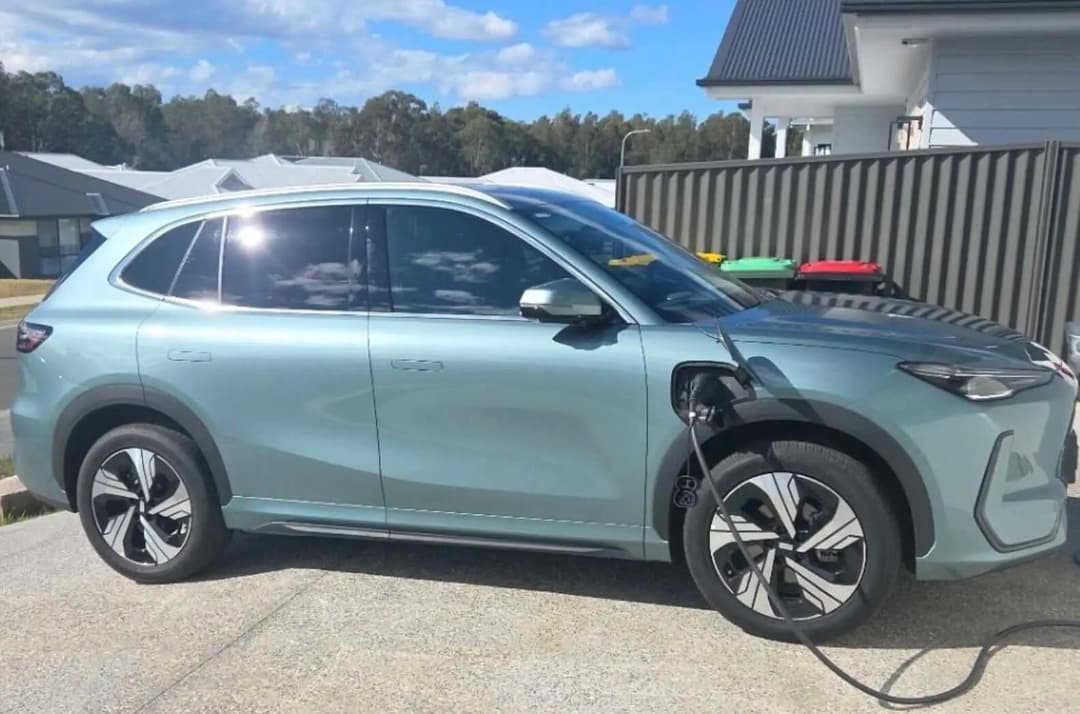
An Australian energy engineer has begun using his electric vehicle as a power source for his home in a real-world trial of vehicle-to-grid (V2G) and vehicle-to-home (V2H) technology. The test, carried out by Scott Purnell, an innovation technology specialist at Essential Energy, may mark a turning point for V2G integration in regional Australia.
Using his Geely EX5 electric vehicle paired with a Sigenergy bi-directional charging system, Purnell successfully powered his home, recharged his household battery, and exported power back to the grid, all from his driveway.
▶️MORE: Bidirectional (V2H and V2G) EV Chargers Guide (2025) - zecar.com
Real-World Testing of Smart Energy Systems
The trial began with Purnell configuring his EV to discharge power into the home while maintaining a minimum battery level of 60% and capping output at 3kW. The car followed his household’s energy needs in real-time. When the battery reached its limit, the system automatically stopped drawing from the car and switched over to the home battery.
During one of the tests, a voltage surge on the grid caused the system to disconnect the home from the network. The house then continued to run without any interruptions, using stored energy from both the EV and the home battery.
“This setup is more than just a backup – it’s a glimpse into the future of energy resilience and smart home integration,” said Purnell on LinkedIn.
He added that during the next 37 hours, his home drew minimal power from the grid despite overcast weather reducing solar generation. The car helped cover most of the energy needs, demonstrating the practical benefits of V2G technology.
▶️MORE: Ausgrid Testing StarCharge Halo - Most Affordable ... - zecar.com
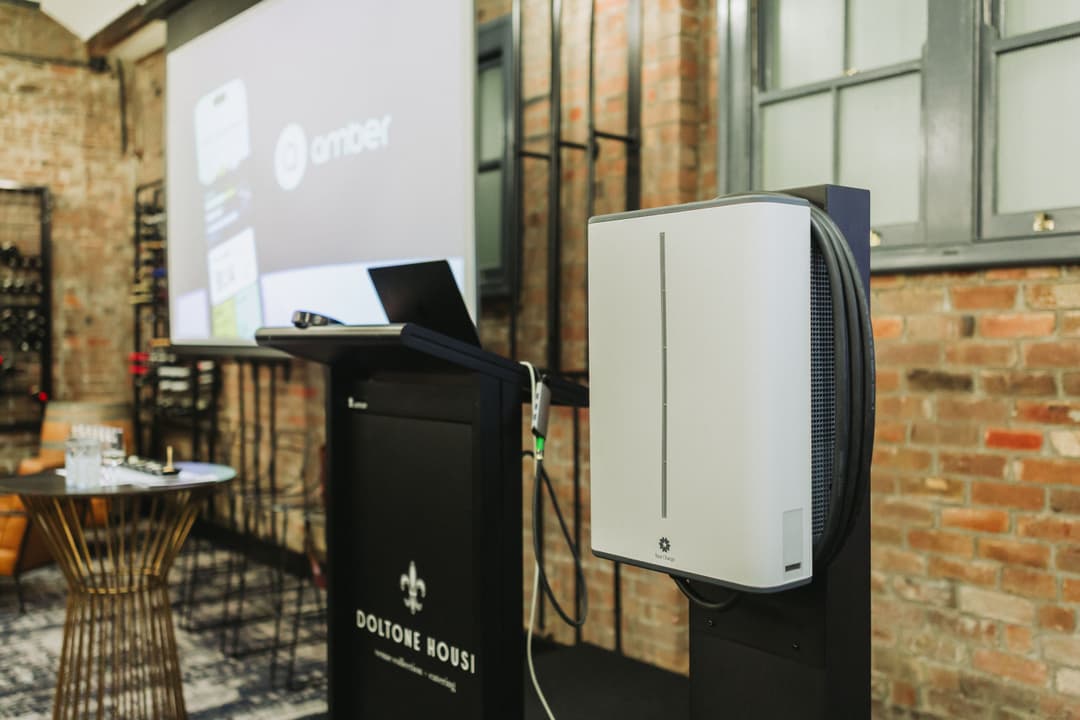
How the Energy Flowed in the System
Purnell shared a chart summarizing how energy moved between his solar system, EV, battery, and home load.
Energy Sources and Uses:
| Source | Energy Flow Direction |
| Solar Panels | To house, EV, and home battery |
| Home Battery | To house and EV |
| EV Battery | To home and home battery (during certain hours) |
| Grid | Minimal input or export |
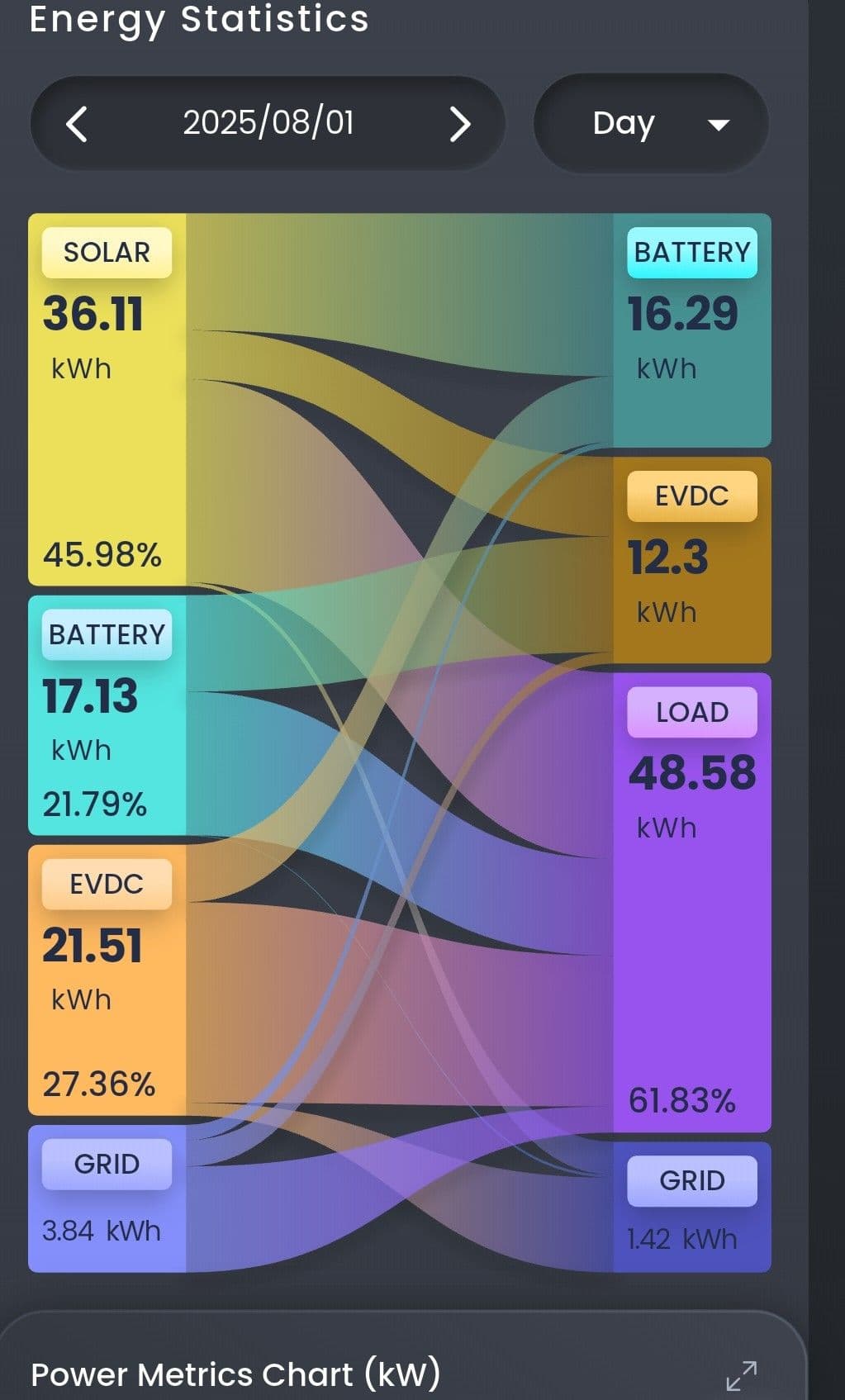
A Milestone for V2G Integration in Regional Networks
Essential Energy has already conducted controlled V2G trials using Nissan Leaf EVs with CHAdeMO connectors and a recent trial with a Ford Lightning using the more common CCS protocol. Now, employees like Purnell are experimenting at home with off-the-shelf EVs, showing what's possible when hardware and software align.
The utility says it is ready to support V2G rollouts across its network, but adoption is being held back by car manufacturers’ hesitations around warranty approval.
“Still hammering away with other OEMs, but it is a hard slog,” said Brad Tretheway, head of innovation at Essential Energy.
▶️MORE: What is Bidirectional Charging, V2G, V2H, V2L? - Zecar
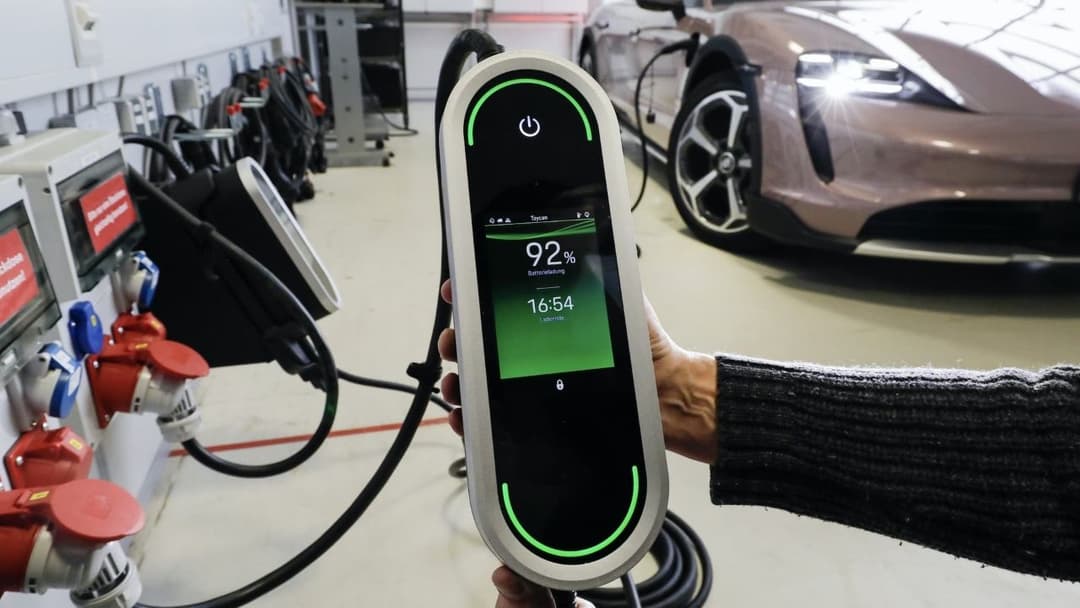
V2G Software Rollout Already Live
According to Essential Energy, anyone within their network who owns a Sigenergy system can now enable V2G through a software update if their EV supports it.
V2G Access via Sigenergy
| Requirement | Status |
| Sigenergy bi-directional system | Required |
| Vehicle V2G support | Limited |
| Software rollout | Now available |
| Manufacturer approval | Pending |
The company believes this approach could give more value to customers with home batteries and solar, while also helping balance demand across the grid as EV uptake increases.
▶️MORE: Exclusive: V2Grid Australia pricing for first 50 bi
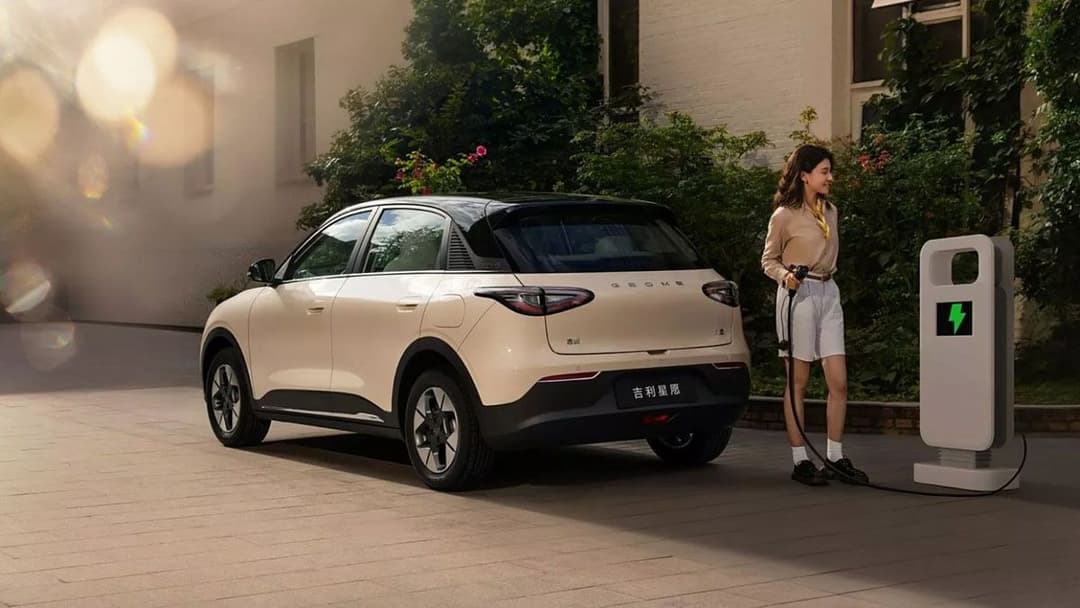
What This Means for Australia’s EV Future
The success of Purnell’s experiment points to a future where EV owners can become active participants in the energy system. With smart systems like Sigenergy and support from progressive grid operators, the V2G landscape in Australia is beginning to take shape.
But for it to scale, OEMs need to catch up. Until car makers endorse V2G technology and offer clear battery warranty terms, it’s likely only early adopters and technically savvy users will take the leap.
Stay up to date with the latest EV news
- Get the latest news and update
- New EV model releases
- Get money savings-deal
